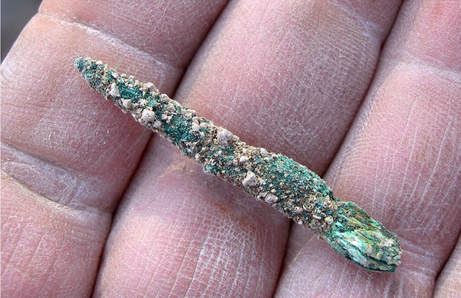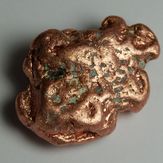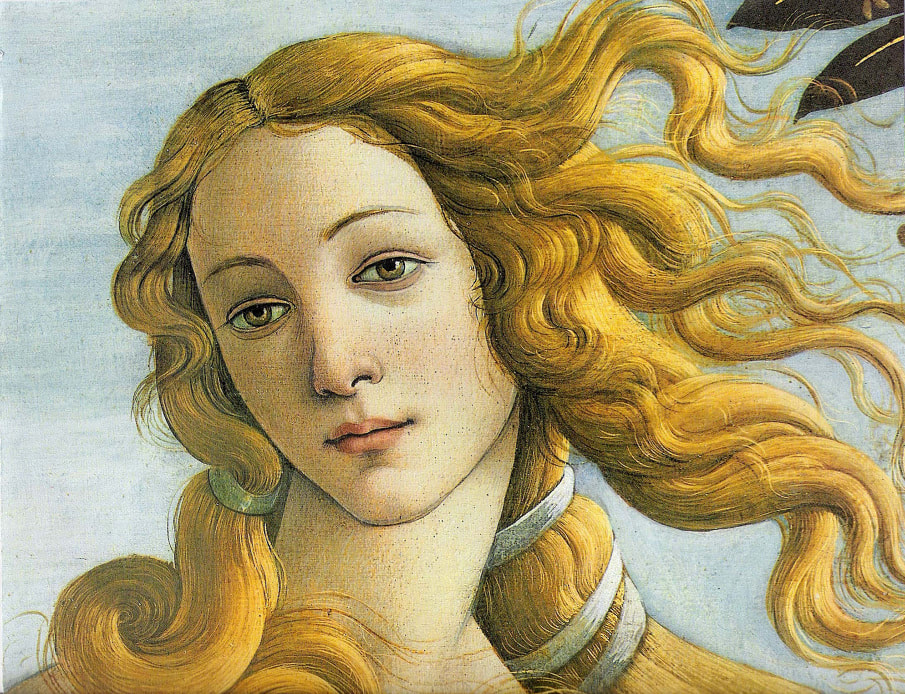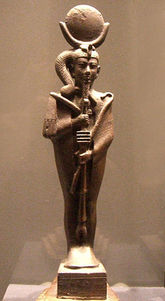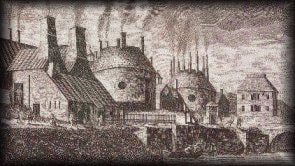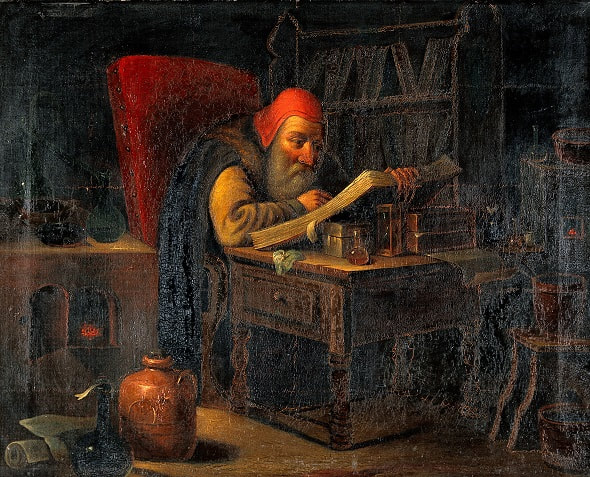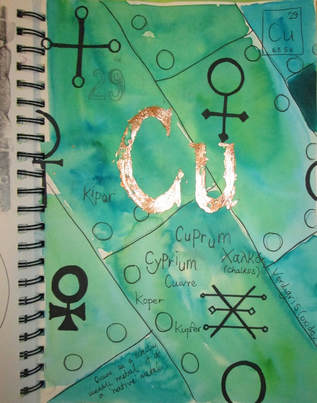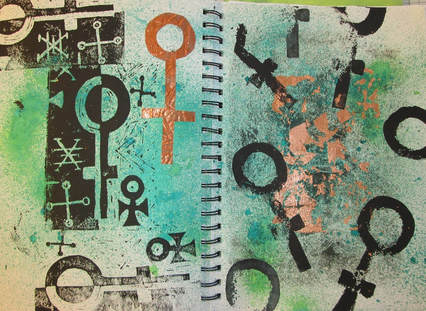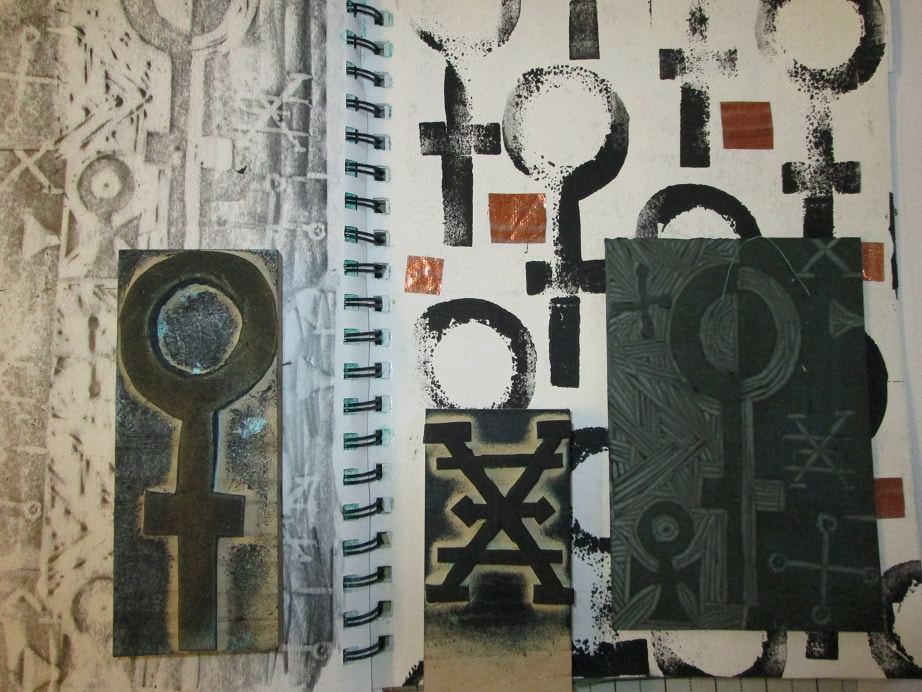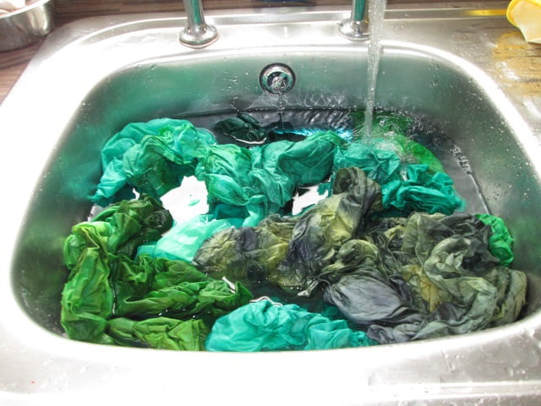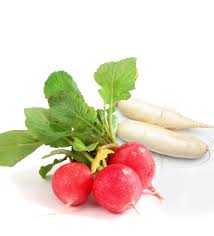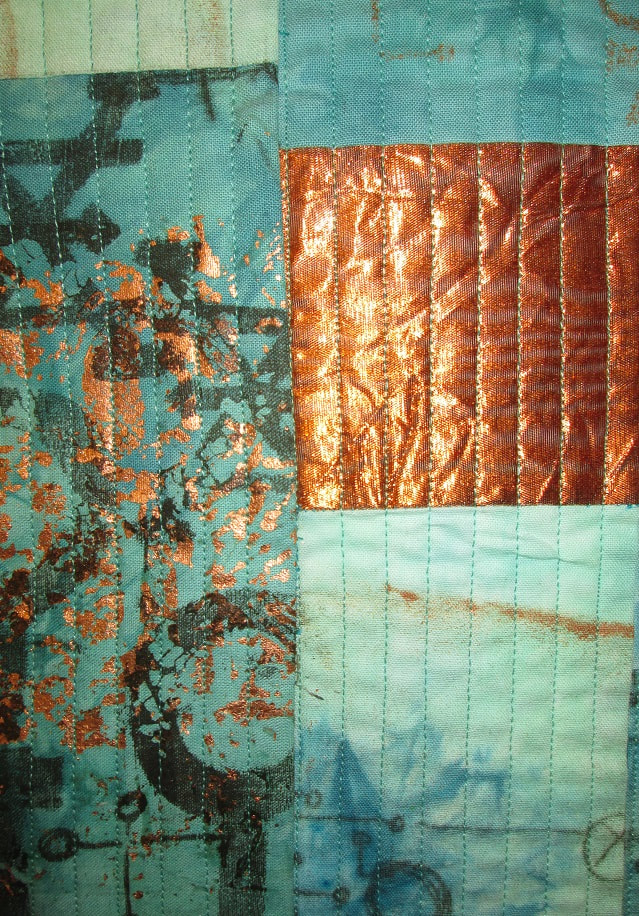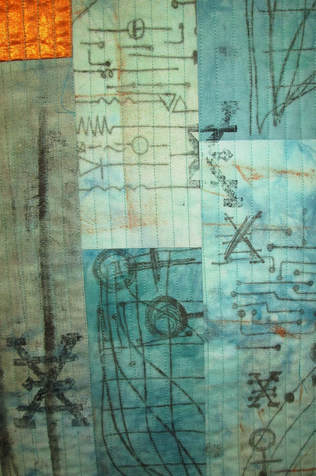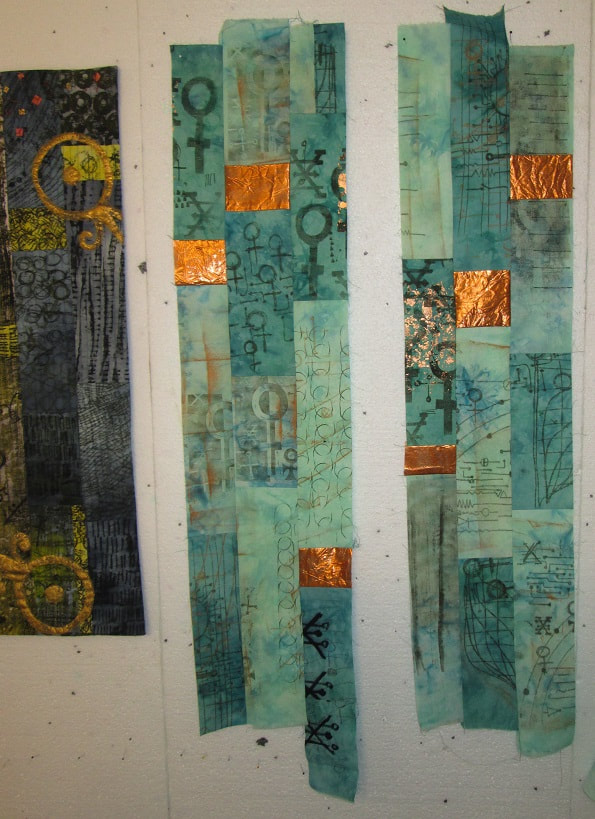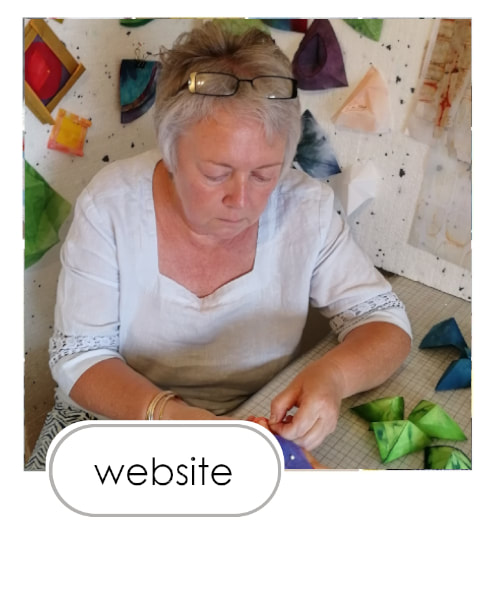|
And so I finally got there. I have been thinking about this for so long now it seems like it is an old idea, but this week I have finally got it 'out'. The beginnings of a piece of work on copper, element 29. It is that shiny, reddish metal that was probably the first ever metal to be worked my man.
The oldest metal object found to date in the Middle East consists of a tiny copper awl dating to around 5100 B.C. The artifact was unearthed in Tel Tsaf, an archaeological site in Israel located near the Jordan River and Israel's border with Jordan. In my research into this common place metal I have learned some very interesting things......
Anyway, with this and more buzzing around inside my head I got out my sketchbook and started to mess about. Here are a few of the pages:
Although copper does not readily corrode as much as iron, its surface does oxidise when exposed to air. The oxide layer, unlike rust on iron which flakes off, remains on the surface of the copper in a beautiful green layer known as verdigris. This is the colour I decided to dye the fabric for the copper quilt.
The best verdigris colours came from a recipe using turquoise, bright blue and golden yellow procion dyes. The rest of the greens will probably end up being overdyed again transformed into something for another quilt about lead!
Using some of the symbols from my sketchbook pages I made some print blocks from foam and lino and printed onto the green fabrics. I also used a monoprinting technique to create other thin lines and marks, all which have some connection with copper. You can see some of the results below. The fabrics have been cut into strips and pieced in a similar way as the other alchemy quilts I have made.
And these are two long strips I have stitched together, alongside the original quilt which was the first in the series which has just returned from a trip to China (I wish I could have accompanied it!).
As for what comes next, I am not sure. I obviously want to add stitch - I have some thin copper wire I would like to try - and I am also thinking about using copper leaf and copper shim, but as to how - that remains to be seen. I think some experimenting is in order!
Thanks for reading.
|
|
